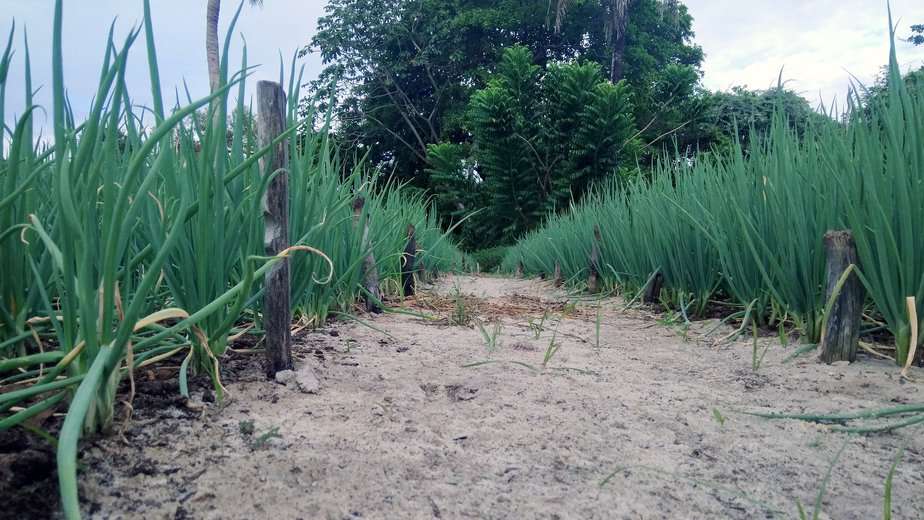
19 Tips for implementing Hugelkultur in your farm
In the realm of sustainable and regenerative farming practices, Hugelkultur stands out as an innovative and effective technique. Rooted in centuries-old wisdom, Hugelkultur is a method that utilizes wood and organic matter to create raised beds with exceptional water retention and fertility. In this blog post, we delve into the concept of Hugelkultur and provide 19 practical tips for integrating it into your farm, transforming your land into a thriving oasis of productivity.
Understanding Hugelkultur:
Hugelkultur, a German term translating to “hill culture” or “mound culture,” involves building raised beds using decomposing wood as the base layer. This wood acts as a sponge, absorbing moisture and gradually releasing it to plants. Over time, the wood breaks down, releasing nutrients and creating a nutrient-rich environment that supports plant growth. Hugelkultur beds also improve soil structure, aeration, and microbial activity, leading to healthier plants and higher yields.
Integrating Hugelkultur into Your Farm:
1. Choose the Right Location:
Select a site that receives adequate sunlight and is easily accessible for maintenance. Avoid areas prone to flooding or waterlogging.
2. Gather Organic Materials:
Collect logs, branches, and other woody debris to form the base layer of your hugelkultur bed. These materials should ideally be from untreated hardwoods.
3. Plan Bed Size and Shape:
Determine the dimensions and shape of your bed based on your available space and planting needs. Traditional hugelkultur beds are often crescent-shaped or elongated mounds.
4. Begin Layering:
Start by placing larger logs or branches at the bottom of the bed. Layer smaller branches, leaves, grass clippings, and other organic materials on top.
5. Add Nitrogen-Rich Material:
Incorporate nitrogen-rich materials like compost, manure, or kitchen scraps to aid in the decomposition of the woody layer.
6. Cover with Soil:
Cover the organic materials with a layer of soil, pressing it down to create a stable base for planting.
7. Planting and Mulching:
Plant your crops directly into the hugelkultur bed and mulch the surface to retain moisture and suppress weeds.
8. Watering Technique:
Initially, water thoroughly to settle the bed. Over time, the wood will absorb and release moisture, reducing the need for frequent watering.
9. Choose Suitable Crops:
Hugelkultur beds are ideal for a wide range of crops, including vegetables, herbs, and even fruit trees. Tailor your selection to your climate and growing conditions.
10. Observe and Adjust:
Monitor how your plants respond to the hugelkultur bed. Adjust watering and nutrient inputs as needed to optimize growth.
11. Long-Term Benefits:
Hugelkultur beds continue to improve over the years as the wood decomposes, creating a self-sustaining ecosystem.
12. Plan for Planting Depth:
Consider the depth of the bed while choosing plants. Tall plants should be placed towards the center, while shorter ones can be planted along the edges.
13. Rotate Crops:
Practice crop rotation to prevent the depletion of specific nutrients from the bed.
14. Encourage Biodiversity:
Hugelkultur beds provide a habitat for beneficial insects, worms, and microbes. Encourage biodiversity to maintain a balanced ecosystem.
15. Experiment with Companion Planting:
Utilize companion planting principles to optimize space and improve pest management within your hugelkultur beds.
16. Share the Knowledge:
Spread the word about hugelkultur within your farming community. Share your experiences, successes, and challenges to inspire others to adopt this technique.
17. Seasonal Maintenance:
Perform regular maintenance such as adding compost, mulch, and occasional pruning to ensure the longevity and vitality of your hugelkultur beds.
18. Embrace Permaculture Principles:
Hugelkultur aligns well with permaculture principles, enhancing soil fertility, water conservation, and overall sustainability.
19. Document and Adapt:
Keep a journal of your hugelkultur journey. Document planting dates, crop yields, and observations to refine your technique over time.
Conclusion
In conclusion, hugelkultur is a remarkable farming technique that mimics nature’s processes to create fertile, moisture-retentive beds. By following these 19 tips, you can successfully integrate hugelkultur into your farm, transforming your land into a thriving haven of productivity and sustainability. Embrace the wisdom of this ancient method and watch your crops flourish while contributing to a healthier environment for generations to come.
More reading
10 Permaculture Dam Design Principles
